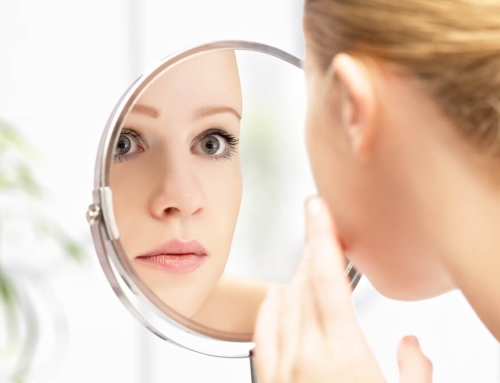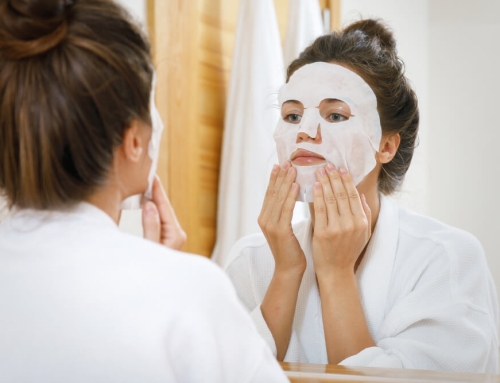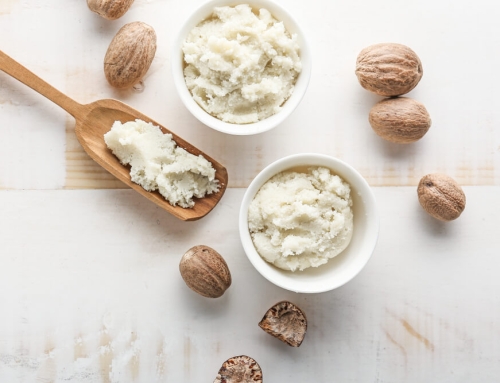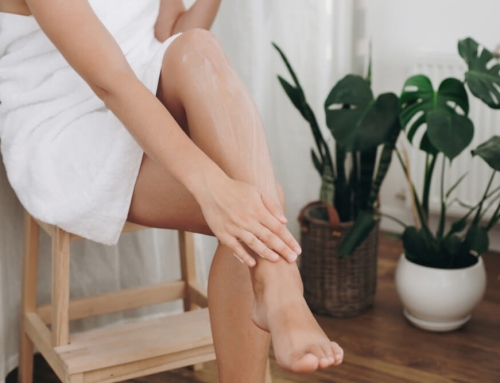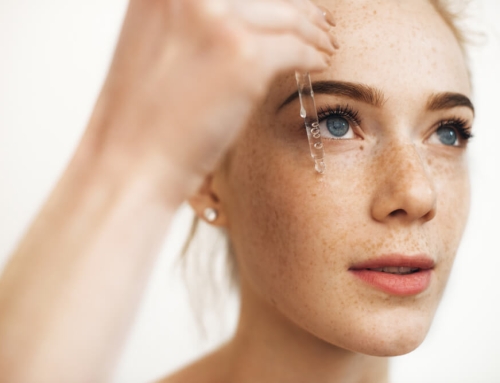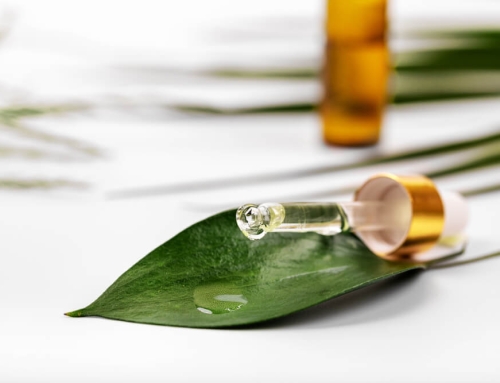People with oily skin often wonder if they need to use a moisturizer. After all, surely that extra oil is enough to keep the skin moisturized? The fact that many moisturizers can also contribute to breakouts is enough to steer many people away, convincing them that they simply don’t need a moisturizer.
However, this couldn’t be further from the truth…
Even if your skin is excessively oily, moisturizing is a must. Here’s why…
Oil vs Water
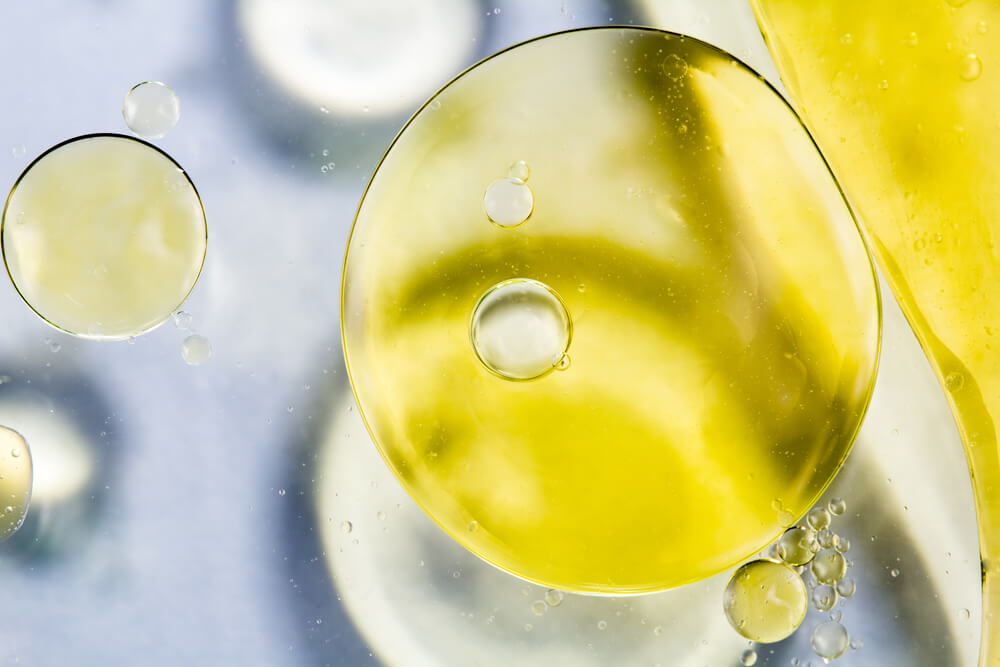
Oil and water are completely different, not only in terms of texture and consistency, but also when it comes to the way in which they function in the skin.
Skin that is oily can still be severely lacking in water. In fact, this can actually contribute to oiliness – skin that is dehydrated will try to compensate for its lack of water by producing more oil.
Moisturizers are designed to increase water levels in your skin. While some moisturizers do also contain oils, and can sometimes also contribute to breakouts, this all comes down to the ingredients used in each individual formula.
Knowing Your Ingredients
No matter your skin type, it’s important to pay attention to the ingredients you use on your skin. However, if you have oily, acne-prone skin, then this becomes even more crucial, since the wrong choice could quickly lead to a long-lasting breakout.
Some ingredients out there are known for clogging up the pores, which then leads to a breakout. These are known as comedogenic ingredients.
Ingredients to Avoid
Many moisturizers contain comedogenic ingredients, which is why you may have struggled in the past to find one that doesn’t cause breakouts.
Ingredients to avoid include:
- Coconut oil
- Almond oil
- Cocoa butter
- Shea butter
- Lanolin
- Fragrances
- Stearic acid
- Lauric acid
Ingredients to Look For

On the other hand, non-comedogenic ingredients won’t cause blockages in your pores, and are therefore totally safe to use by those with oily skin.
There are plenty of non-comedogenic ingredients out there that also effectively moisturize, such as:
- Hyaluronic acid – this lightweight humectant draws moisture from the air into the skin
- Rosehip oil – not all oils clog up the pores, and rosehip oil is the perfect example of one that is actually beneficial to oily skin
- Squalane – a hydrating, soothing, and non-greasy moisturizing ingredient that is naturally found in the skin
- Jojoba oil – closely mimics the structure of your skin’s own oil, which then tricks the skin into producing less sebum
- Hazelnut oil – this dry oil is not only extremely hydrating, but also helps to unclog the pores
Ingredients That Will Re-Balance Natural Oil Production
In addition to containing ingredients that increase the skin’s moisture content, a moisturizer can also be formulated with specific ingredients that regulate your skin’s oil production. This means that, with time, you will be able to re-balance how much oil your skin produces, hopefully cutting back on overall oiliness.
A few ingredients to look for include:
- Retinol – this vitamin A derivative is not only a powerful anti-aging ingredient, but it also tightens up pore openings, which therefore limits the amount of oil that is released through the pores
- Grapeseed oil – a powerful anti-inflammatory that regulates sebum production and also clears breakouts with its anti-microbial properties
- Niacinamide – also known as vitamin B3, niacinamide controls natural oil production while healing damaged skin cells
Of course, it can be difficult to find a product that contains the good ingredients without any of the bad. One to look into would be the 24K Rose Gold Radiant Silk Cream – it has been formulated with many of the moisturizing and oil-regulating ingredients mentioned above, meaning that it leaves the skin feeling deeply hydrated, but with a mattified finish, after each use.
Serums Can Moisturize Too
Sometimes, even the best moisturizers can still be too heavy on excessively-oily skin. However, your skin needs to be hydrated, so what’s the best way forward?
This is where serums come in…
Most people layer a serum underneath a moisturizer, but those with overly-oily skin may find it beneficial to simply use a moisturizing serum on its own instead.
Serums are often underestimated when it comes to their moisturizing effect, but some serum formulas can work just as well as a moisturizer. Although a serum is much thinner and more lightweight in consistency, it can still contain plenty of moisturizing ingredients, just without all of the heavier compounds that a moisturizer has.
Take the 24K Termica Activation Serum for example – it contains multiple humectants, which will hydrate the skin without weighing it down. It also contains oil-regulating vitamins, as well as botanical extracts that help to control sebum production.
If you’re looking for something a little more cutting-edge, the 24K Rose Gold Age Glow Duo never fails to impress. This is quite a unique serum in that you first apply the 24K Rose Gold Multi-Vital Liquid Powder to your skin, massaging it in until it transforms into a liquid. You then follow this up with the 24K Rose Gold Enriching Serum.
Always Cleanse Before Moisturizing
Whether you decide to use a specialized moisturizer designed for oily skin, or a lighter, hydrating serum, it is absolutely vital that you first cleanse your skin.
Yes, this is something that everybody should be doing, no matter their skin type, but it is even more important for those with oily skin.
Why?
Well, although you might not be able to see it with the naked eye, the surface of your skin is covered with dead skin cells, dirt, impurities, and excess oil. These build up on the skin over the course of the day.
If you don’t clear these away before applying a product over the top, the product you use will end up mixing together with all of those extra particles. This causes everything to quickly clump up, clog the pores, and trigger a breakout.
On the other hand, cleansing your skin first means that any product you apply will have a clear and direct path to your skin cells, where its ingredients will then be able to work their magic.
How to Choose a Cleanser for Oily Skin
Just like with all of the other skin care products you use, your cleanser can make a huge difference to how oily your skin is. You need a cleanser that will effectively remove all of that excess oil, but without stripping away too much – a sudden lack of oil will only stimulate your skin into increasing its sebum production, leaving you oilier than ever after a while.
Foaming, mousse cleansers, such as the 24K Mousse Cleanser, are usually recommended for oily skin. The lather created is effective at removing excess oil, while the addition of willow bark extract will ensure that your skin’s oil production doesn’t go into overdrive after cleansing.
How Often Should You Be Cleansing Oily Skin?
It can be extremely tempting to over-cleanse oily skin. After all, nothing quite beats that fresh and squeaky clean feeling that follows a good, deep cleanse!
However, over-cleansing can trigger your skin into producing even more oil, making it important to keep your cleansing routine in check.
So, how often should you be cleansing?
Ideally once a day. If you do this at night, then this means that all of the oil that has built up on the surface of your skin throughout the day can be cleared away, and you can then follow this up with your night time skin care routine.
If your skin feels oily the following morning, try giving it a quick rinse with just some water, following this up with a serum or a moisturizer. If this doesn’t work, then go ahead and cleanse properly in the morning too, but try to avoid cleansing more than twice a day. The exception to this would be after a workout – cleansing is a must to remove the sweat from your face. Otherwise, this will quickly mix together with your skin’s oils and clog up your pores, contributing to new breakouts.
Don’t Forget to Tone!
A toner is a product that many people often skip out on, underestimating just how important it can be when it comes to the overall health of the skin.
What does a toner do?
A toner serves a couple of different functions:
- It clears away any residue left behind after cleansing
- It re-balances the skin’s pH level, which a cleanser often disrupts
Although there are now many pH-balancing cleansers out there, these still interfere with your skin’s natural pH level to a certain extent. This is simply down to the fact that the cleansing agents needed to effectively cleanse the skin naturally change the pH level of the skin’s surface.
Why does skin pH matter so much?
Well, an unbalanced skin pH is something that could actually be contributing to your oily skin…
The ideal skin pH sits between 5 and 5.5, which is very slightly acidic. However, excess oil causes the skin’s pH to move over to the more acidic end of the scale, meaning that irritation and breakouts become increasingly prevalent. Acne-causing bacteria actually feeds off acidity, meaning that breakouts can be quite large and severe, and also take a long time to heal.
Although home pH testing strips are available, simple observation should tell you what you need to know. If you think that your skin’s pH could do with some re-balancing, it may be well worth adding a toner into your skin care routine and using this after each time you cleanse.
If you don’t have a go-to toner yet, give the 24K Purifying Toner a try. Its gentle and soothing formula is packed with skin conditioning agents that will leave your skin looking and feeling ultra-soft and clean after each use.
Seasonal Skin Care
Something else to keep in mind when choosing a moisturizing product for oily skin is the time of year you’re currently in.
Why does this matter?
Because your skin functions slightly differently with the seasons. In the warmer months, oil production naturally increases, but this then drops back down in the winter.
This means that the products you use on your skin also need to change with the seasons, and this is especially true of your moisturizer.
Using a thicker moisturizer on oily skin in the summer means almost-guaranteed breakouts, meaning that a light serum might be the better option. However, using just a light serum in the dry winter months will likely mean that your skin won’t be hydrated enough. As mentioned earlier, this could actually increase natural sebum production, making it so important to switch up your skin care products as the seasons change.
Moisturize With a Mask
Face masks are great for so many different reasons, one of which is the moisturizing effect that they have.
Clay masks are extremely effective on oily skin – in addition to drawing out excess oils and toxins, they also help to regulate oil production. Try to find a clay-based mask that also contains a range of vitamins, especially those that were listed earlier as being beneficial for oily skin.
The 24K Termica Energizing Mask is a good example. In addition to its action-packed formula, this mask also has a unique self-heating effect that enables your skin to really maximize all of the benefits of the mask’s ingredients.
Most face masks only need to be used once a week, making this a great way to treat your skin to some deep hydration, while also tackling excess oiliness.
Moisturizing is important for everyone, even those who have oily skin. However, the secret lies in knowing what to moisturize with – choosing products and ingredients that are formulated for oily skin will give your skin cells the hydration they need, without clogging up your pores and leading to breakouts and irritation.


